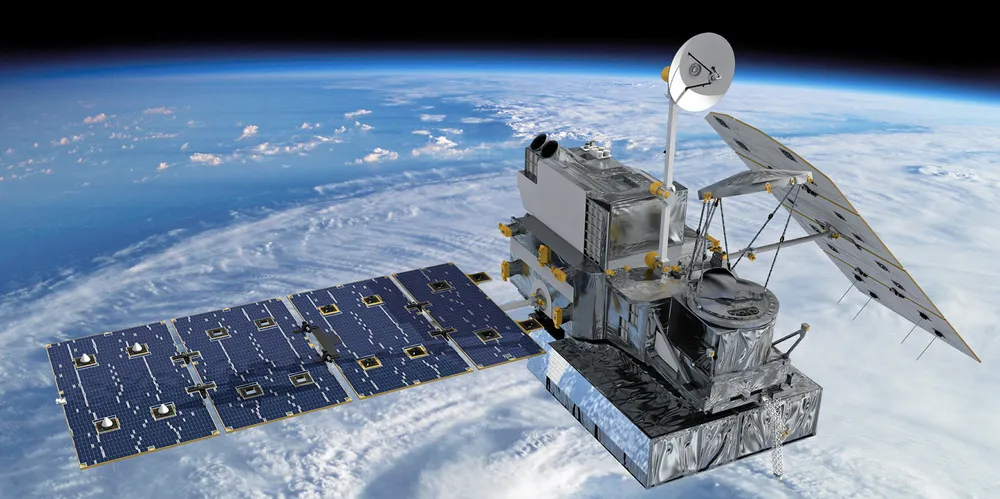'Not fantasy science': how the European Space Agency is targeting renewable energy
Space-based technologies can be transformational in race to net zero, but work is needed to get more renewables developers using them

Space-based technologies can be transformational in race to net zero, but work is needed to get more renewables developers using them
